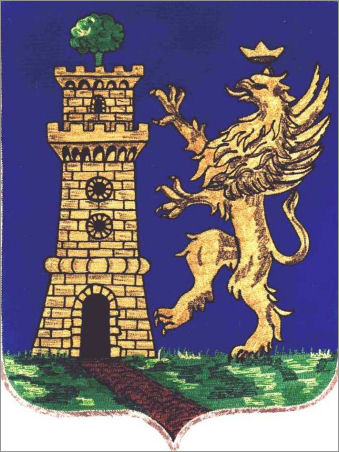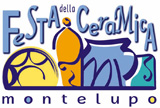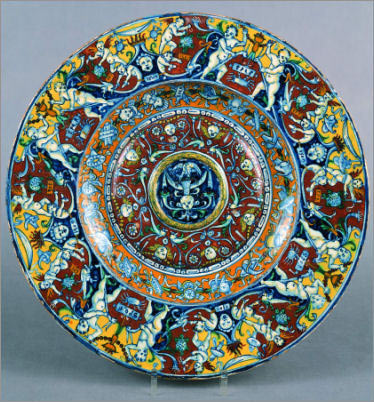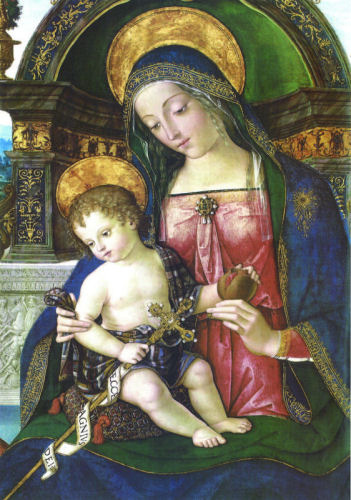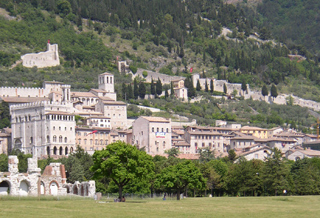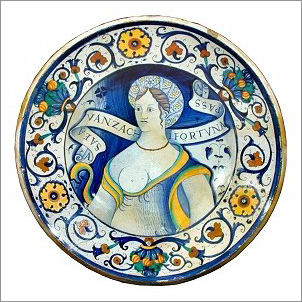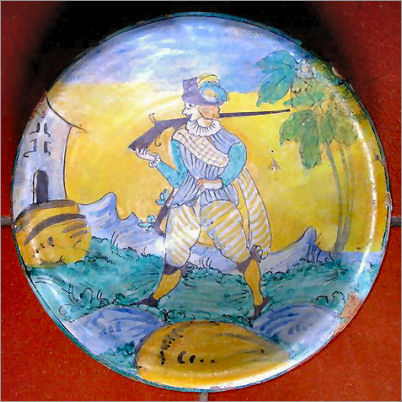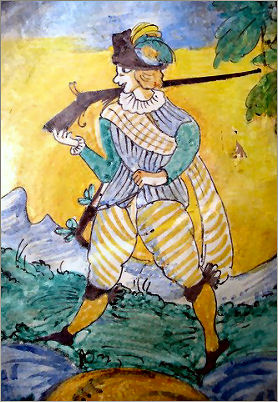July 4 – August 4, 2008
Spoleto – Italy
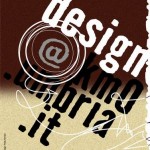 ADI – Industrial Design Association – has chosen a very intriguing subject to celebrate the opening of a new branch in Umbria: Food Design.
ADI – Industrial Design Association – has chosen a very intriguing subject to celebrate the opening of a new branch in Umbria: Food Design.
Important designers, a famous chef and a group of Deruta potters joined their creative skills to set up an exhibition that shows how simple and natural ingredients can be turned into creative, tasty food and how tasty food can be arranged into unique plates for a multi-sensory experience.
The key characters of the event are local food (km0) and Deruta ceramic plates, all created by the International School of Ceramic Art “Romano Ranieri” and hand painted by the School artists and other potters.

